A new University of Minnesota initiative is uncovering opportunities for redesigning employee operations and altering how the University functions.
Through the initial assessment phase of the Positioned for Excellence, Alignment and Knowledge (PEAK) initiative, it was found that the University is highly decentralized and fragmented.
PEAK is a multi-phase strategic plan that will identify ways to increase operational efficiency and improve service, while cutting administration costs in the long run. Specifically, PEAK will look for opportunities to centralize work in specific units around the University, said Colleen Flaherty Manchester, Faculty Consultative Committee (FCC) vice chair.
A decentralized model does not allow for cost savings on a systemwide level, so creating a more centralized model among colleges and campuses will allow for increased work efficiency and cost savings systemwide, said Myron Frans, PEAK co-chair and senior vice president for finance and operations.
Decentralization can also lead to fragmentation, meaning many employees are performing jobs that do not come with their title such as human resources or finances within their unit.
Consultants from Huron Consulting and KPMG have been conducting much of the research for the initiative. An administrative activity study from earlier this year with 6,200 responses found fragmentation among various groups in the University, according to consultants from the July Board of Regents meeting.
Since July, PEAK leaders have worked to provide answers to questions about the initiative’s priorities, impacts and required investments, Frans said.
“The work since July has answered many of the questions [the University community has had during the process],” Frans said at the September Board meeting, where leaders and administrators discussed the initiative. “We are consulting broadly and asking faculty and staff at all levels of the University about the recommendations that could and should be a part of PEAK.”
The next phase of the initiative will include the development of a roadmap for the implementation of restructuring opportunities. The roadmap will outline specific actions for the next 12 to 36 months, Ken Horstman said at the September meeting. Horstman is a PEAK co-chair and vice president of human resources.
Now, administrators are preparing to present these recommendations to the board at their October meeting.
The initiative emerged as a response to the financial and operational challenges brought about by the COVID-19 pandemic, said University President Joan Gabel at the September meeting.
An operations and finance work group, which is now an advisory council for the initiative, established PEAK in spring 2021 as a long-term plan for reducing costs and improving the University’s service delivery model, which dictates how and where work at the University is completed, and by whom.
“A main part of what we did initially was work on cost mitigation measures, temporary ones including that faculty pay and staff furlough policy. And then, we were also looking for more long-term cost savings and efficiencies,” said Manchester, who is also a member of the working group.
Restructuring University operations through the PEAK initiative will save money at a system-wide level in the long run. While some employees’ jobs and who they report to may change, the intent is not to cut existing salaries or jobs, Frans said.
“The past 18 months, we’ve highlighted the need for the University to be agile and flexible. You cannot pivot if you are not flexible,” Frans said. “Since [July], we’ve continued to hone our focus in some of the ways we believe we can improve the administrative services in the coming years.”
Manchester said she thinks now that consultants have completed the initial assessment for the PEAK initiative, there will be more consultation and individual involvement with University employees in the coming phases.
“I think it’s important to know that the process is trying to be consultative and inclusive and that this is a multi-stage process,” Manchester said. “I think it’s important for people to know that the goal is for different units to be part of the process.”
New UMN initiative focuses on cutting expenses and increasing efficiency
The initiative has found that the University is highly decentralized and fragmented with many employees performing jobs that do not come with their title. PEAK leaders will provide recommendations to address these issues in early October.

Image by Hailee Schievelbein
by Maia Irvin and Matthew Voigt
Published October 3, 2021
3
0
More to Discover




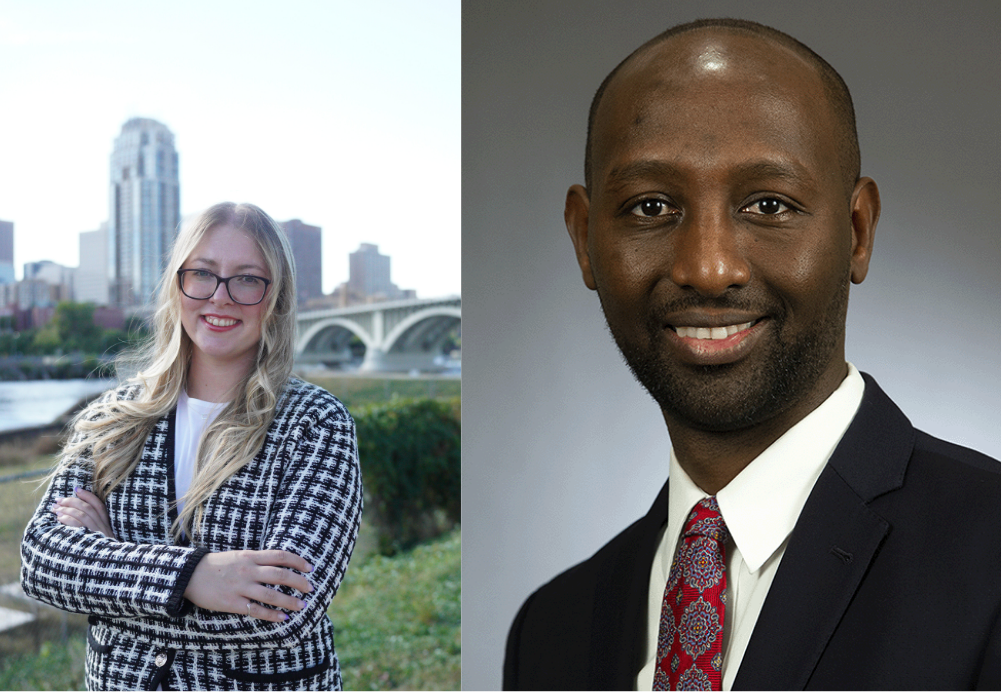
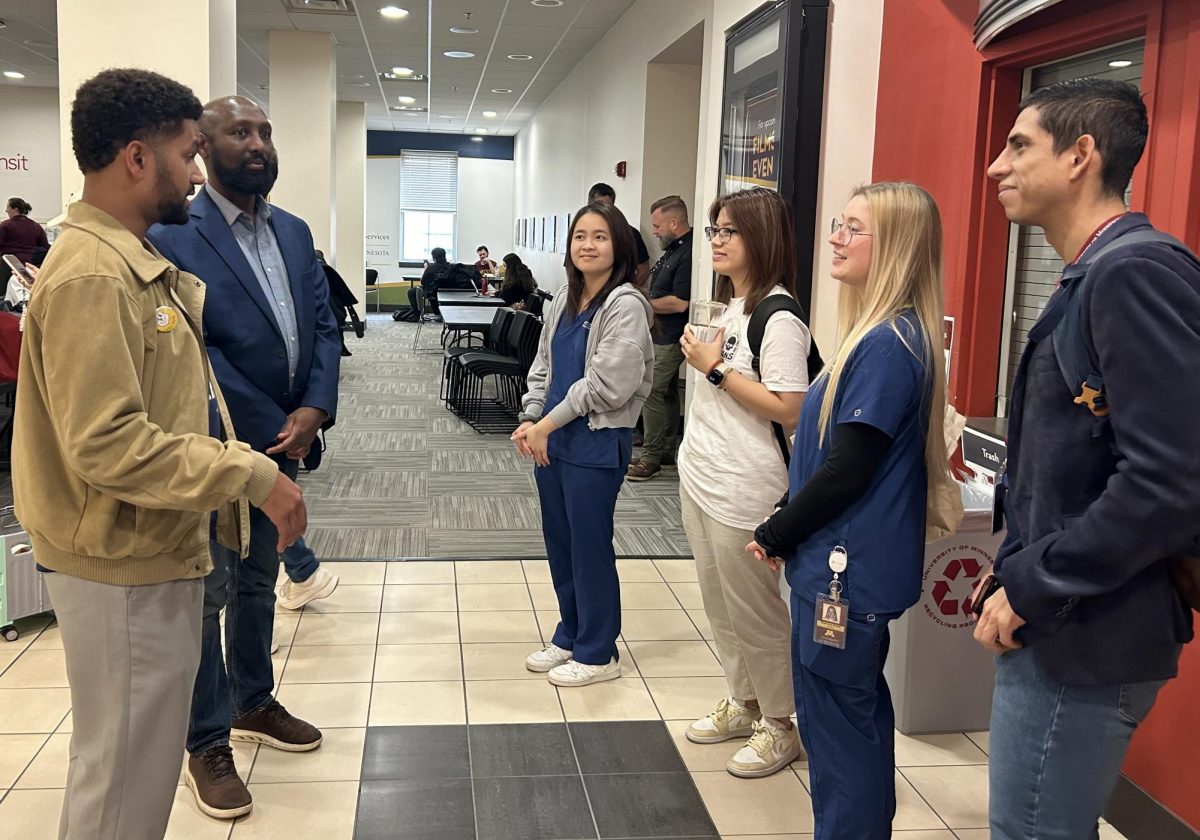





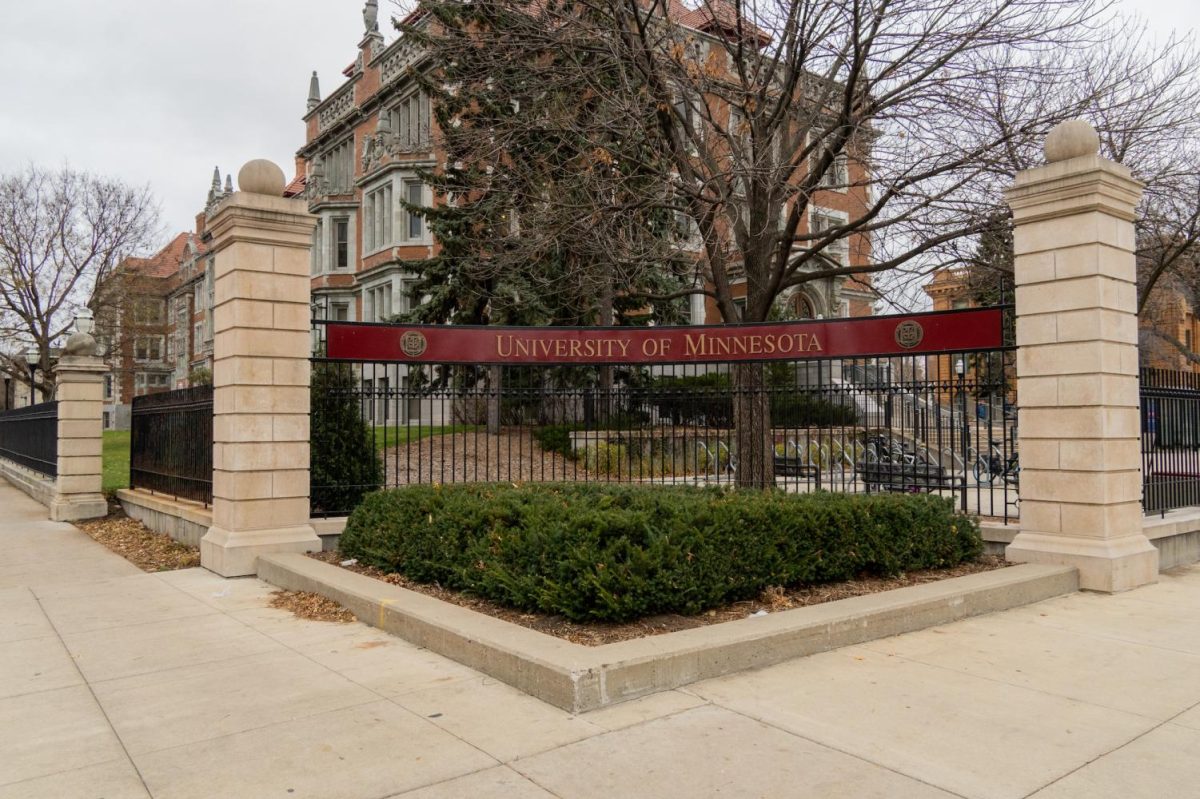
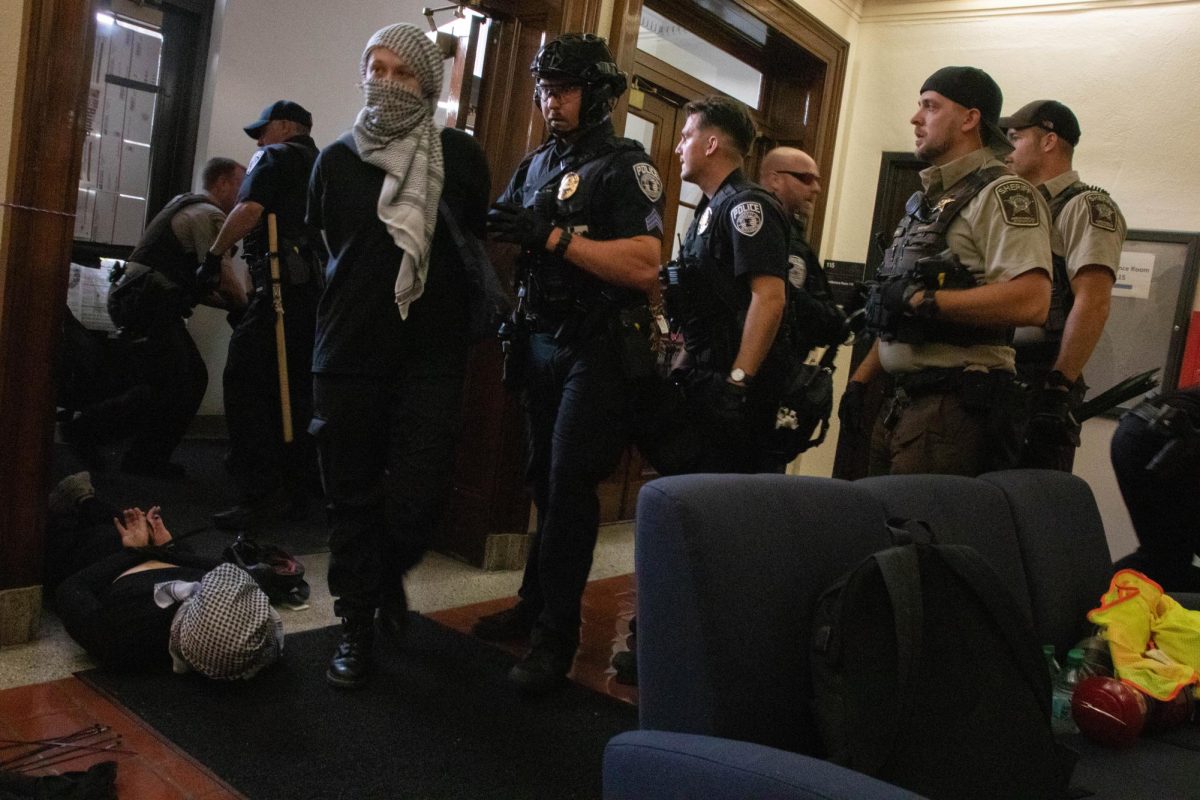






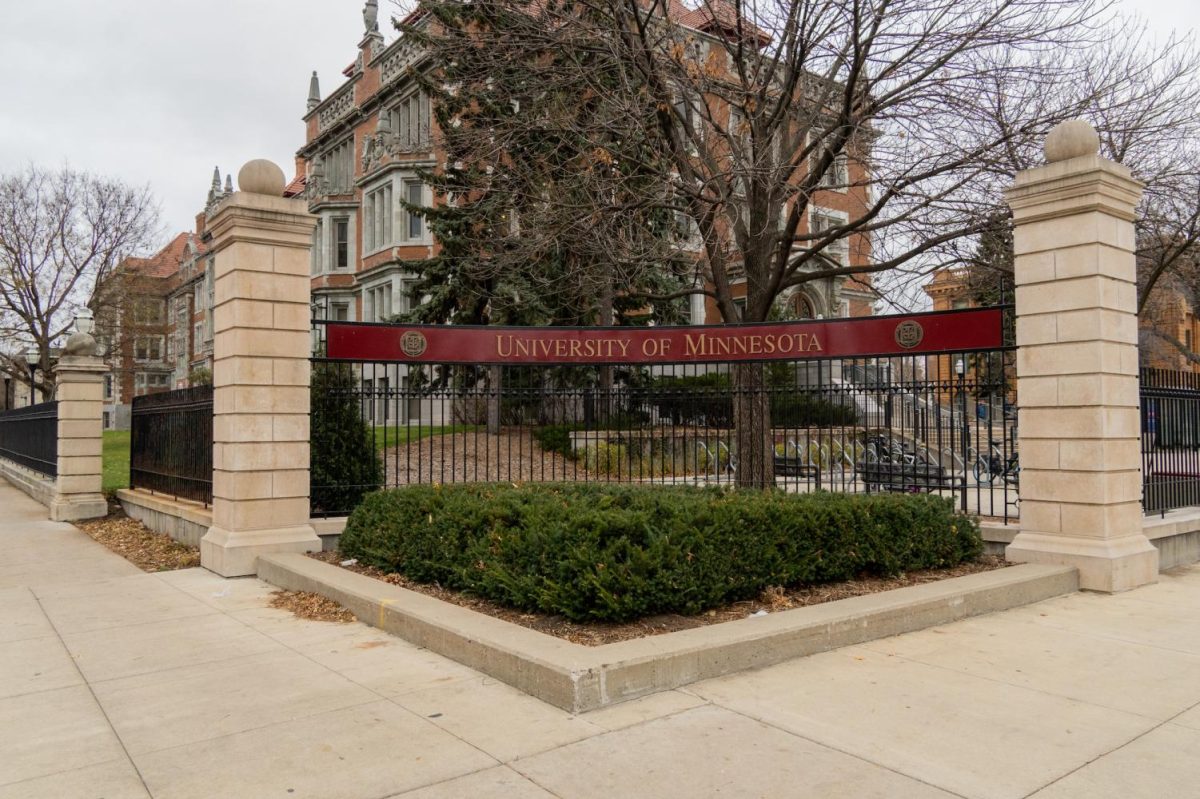
bilahn
Oct 6, 2021 at 10:45 am
“Not their “intent”? That doesn’t mean it can’t happen.
If anyone thinks this won’t mean layoffs they are fooling themselves.
A Gopher
Oct 4, 2021 at 1:39 pm
A couple of quick stories that highlight this issue. When the secretaries and other teamsters people walked out in 2007 the UMN kept right on moving. That means that at least 20% of the lower administrative people either don’t really do anything or have work that could easily be done by fewer, more productive people. Another story, I once called the plumber to fix a broken ice machine in a research lab. He told me he could fix it in five minutes, but since it was a mechanical issue I should call the mechanics union and it would take three weeks. Yup, the union people protect each others jobs by slowing down labor and not performing tasks. I once ordered a computer off of a grant and IT held onto it for 6 months “installing software.” When I finally received the device it had the stock software and they told me to install whatever I needed on it, but they had made themselves admin so I would have to call them every time I wanted to install a new application. You want lower tuition, fire 75% of the useless administrators and get rid of the unions. Millions saved right there and the U would run better because of all the people who aren’t slowing work down.
Leroy Steel
Oct 4, 2021 at 4:14 am
It would be nice to know how much is being spent on this initiative. How much are we paying the external consultant firm? And why, with so many people working at the U, do we even need external consultants?